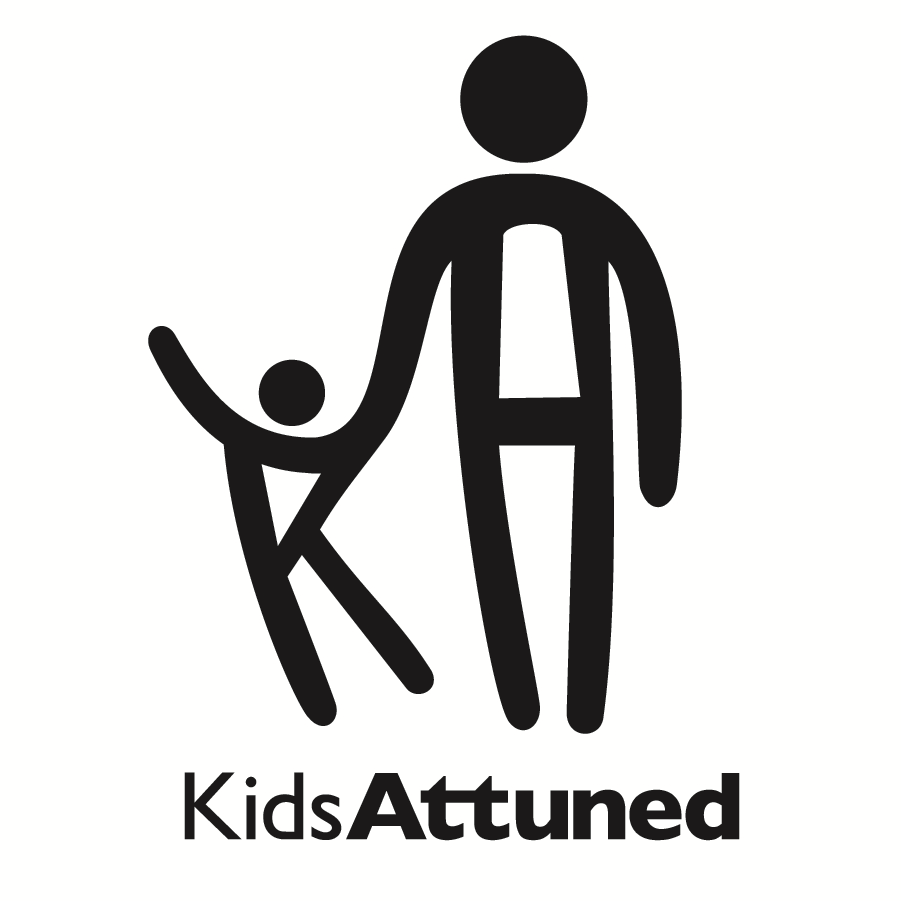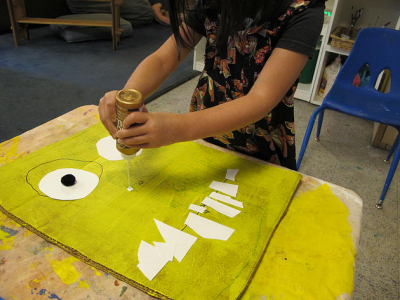Originally published by Todd Wanerman at http://www.toddwanerman.com/
Recently, I wrapped up a two-part training program with the Early Head Start teachers in Salida, in the central valley just adjacent to Modesto. As I had ample time to drive home, I found myself reflecting in-depth on how much I had learned from them.
This happens to me all the time: the teachers and administrators I work with are consistently skilled, knowledgeable, and resourceful. They know their children, families, and communities in detail and they care about them deeply. And, although I can always find something to teach, I am constantly struck by how much I learn.
The Salida EHS program, for example, combines home visits, ongoing in-home intervention services, and center-based learning (both drop-in and ongoing) to provide integrated therapy for children who qualify for publicly funded services. This model is found around the state, but most teachers from traditional part-time nursery schools, such as me, don’t have the chance to be part of these richly connected networks.
We had an illuminating conversation about how to link inclusive practice and emergent curriculum to coordinate services across homes and centers and to support children, families, and schools simultaneously. At some point, I was moved to say to them,
“What you know how to do here offers a lot of learning opportunities to the larger educational community. Your approach to integrating services fills a need that is expanding rapidly and you do this so well. I’m here to share my knowledge with you because I had a chance to write two books. You should also think of how you can share your strengths with other educators.”
There is a term for this: Teacher Research. Traditionally, the people on the classroom floor – practitioners – have been seen as consumers of expert clinical research. But over the last 25 years, a movement has emerged in education to establish a reverse pattern: teachers, through systematic questioning, project design, documentation, and analysis, can transform their experience and expertise into exemplary knowledge that informs the larger world.
Where clinical research is based on controlled testing of hypotheses – that is, establishing empirical “truth” – teacher research is based on validating experience to establish authenticity and utility. It deals in experience and reflection over objective proofs. While this, predictably, has inspired a debate about validity, teacher research has developed into a discipline that can, in its own way, demonstrate with authority its own reliability.
Teacher researchers come in many varieties – one of the best known is Vivian Paley, who is most famous for writing the book You Can’t Say You Can’t Play. Paley began using a cassette recorder in her Chicago kindergarten classroom back in the 1970s to evaluate and extend her students’ thinking and initiative. Her work is narrative in nature and focused on returning her reflections to the classroom floor. Other teacher-researchers are more focused on formal processes of assessment and analysis, or broader teaching, or even policy implications.
I have teacher research on my mind of late. I traveled to Dallas to participate in a panel discussion on teacher-research at the annual conference of the National Association for the Education of the Young Child (NAEYC), the world’s largest advocacy and policy organization for early childhood education.
I asserted, in a very visible forum, that a project from my book, From Handprints to Hypotheses, qualifies as systematic research! The nerves, I tell myself, are useful. By attempting to transform the often-mundane experience of doing right by our children into valid findings, we not only demonstrate that our work is serious, but we also demand it.
What does this have to do with the Early Head Start staff in Salida? Well, by articulating and promoting what they have to contribute to their peers, I find the core value of what I do as a consultant and trainer: helping uncover linkages between theory and practice, and looking for ways to bring different groups and disciplines together into a more coherent and effective network.
When thinking about teacher research, I often ponder the final chapter of Charlie and the Chocolate Factory, where Charlie, Grandpa Joe, and Willie Wonka push the “Up and Out” button on the great glass elevator and burst through the ceiling of the factory into the great unknown. It’s an imperfect metaphor. I am very interested in staying on the factory floor and producing a quality product. (It may happen to me simply because one of the seminal teacher research texts is entitled Inside/Outside). But I can’t help dreaming that if we connect together and inspire ourselves through practice, we can burst “up and out,” to places that education can today only dream about.
Enter the text or HTML code here

